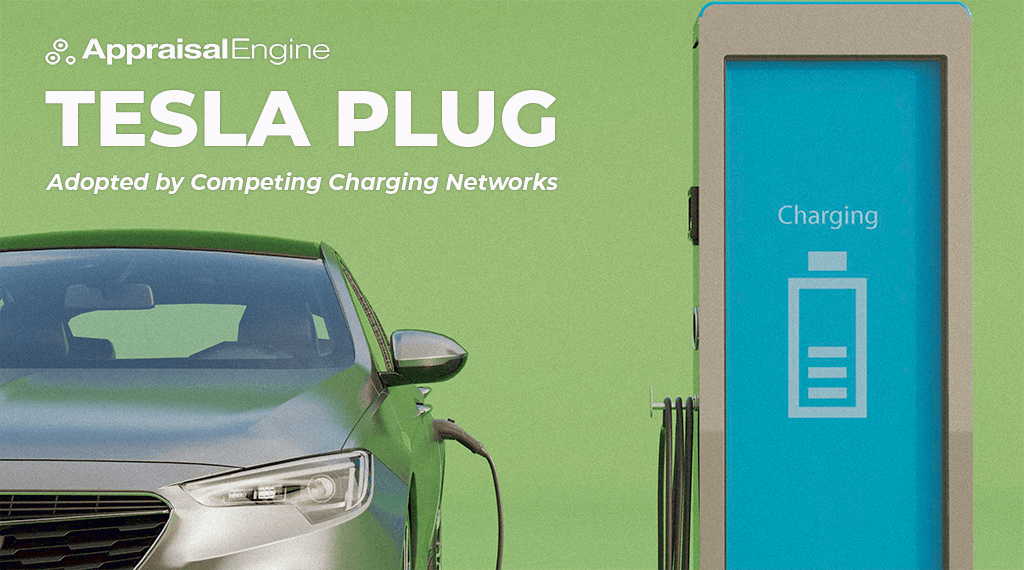Tesla Plug Adopted by Competing Charging Networks (PDF)

The electric vehicle (EV) revolution is gaining momentum, with major automakers like Ford and General Motors embracing the transition to electric mobility. However, one significant hurdle hindering widespread EV adoption is the lack of standardized charging infrastructure. As the industry evolves, a positive change is on the horizon, as various EV charging networks begin to incorporate Tesla’s proprietary charging plug into their existing infrastructure. This move holds the potential to streamline charging processes, enhance accessibility, and foster a more cohesive and convenient experience for EV owners.
The Challenges of EV Charging Infrastructure
While gasoline has enjoyed a century of infrastructure development, EV charging stations are still relatively sparse and lack the ubiquitous accessibility that drivers have come to expect. To realize the full potential of EVs, a robust and interconnected charging system is essential, enabling seamless travel across the nation. Presently, the fragmented landscape of different plug types poses a significant obstacle to achieving this vision. Tesla’s unique plug design, known as the North American Charging Standard (NACS), diverges from the Combined Charging System (CCS) adopted by most competitors. Additionally, some older EV models employ the CHAdeMO plug, commonly used in Asian markets.
Tesla’s Supercharger Network Dominance
Tesla has not only developed its proprietary plug but also operates an extensive network of Superchargers. Initially exclusive to Tesla owners, the Supercharger network has become synonymous with reliability and accessibility. In contrast, other companies offering charging services through CCS-based networks face challenges with reliability and consistency. A recent study highlighted that over 20% of charging attempts on rival networks failed due to charger malfunctions or payment system issues. Recognizing the superiority of Tesla’s charging infrastructure, Ford and General Motors have secured agreements with Tesla to integrate its plug into their upcoming EV models and grant their customers access to the Supercharger network.
The Rise of the Tesla Plug
The democratization of Tesla’s plug design signifies a turning point in the EV industry. Tesla has made its plug schematics open-source and expressed its willingness to allow other charging networks to utilize its design. As a result, numerous charging station companies and manufacturers have embraced the Tesla plug, recognizing its prevalence and the benefits it brings to the EV community. Companies like ABB, Blink Charging, ChargePoint, EVgo, FLO, Tritium, and Wallbox have already announced plans to incorporate the Tesla charger into their charging infrastructure. This integration extends to both home-based chargers and public fast-charging stations, ensuring that EV owners can easily charge their vehicles regardless of location.
Toward Standardization and Compatibility
Notably, even organizations associated with the CCS network, such as CharIN, are beginning to acknowledge the significance of the Tesla plug. CharIN, which champions the adoption of CCS connectors, has expressed its support for standardizing the NACS alongside CCS. This shift draws parallels to the standardization of phone charging infrastructure, where both Apple’s Lightning cable and the USB-C system have become widely adopted. Moreover, the waning prominence of the CHAdeMO port indicates a future where this plug type will likely become obsolete.
The integration of Tesla’s proprietary plug into other charging networks marks a positive step toward a standardized and interoperable EV charging infrastructure. As more automakers and charging station companies embrace the Tesla plug, EV owners will benefit from improved access to charging stations and a more seamless charging experience. This collaborative effort demonstrates the industry’s commitment to overcoming the hurdles of EV adoption and further propels the transition to sustainable transportation. With a unified charging landscape, the electric vehicle revolution will gain even greater momentum, paving the way for a greener and more accessible future.




